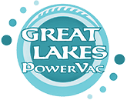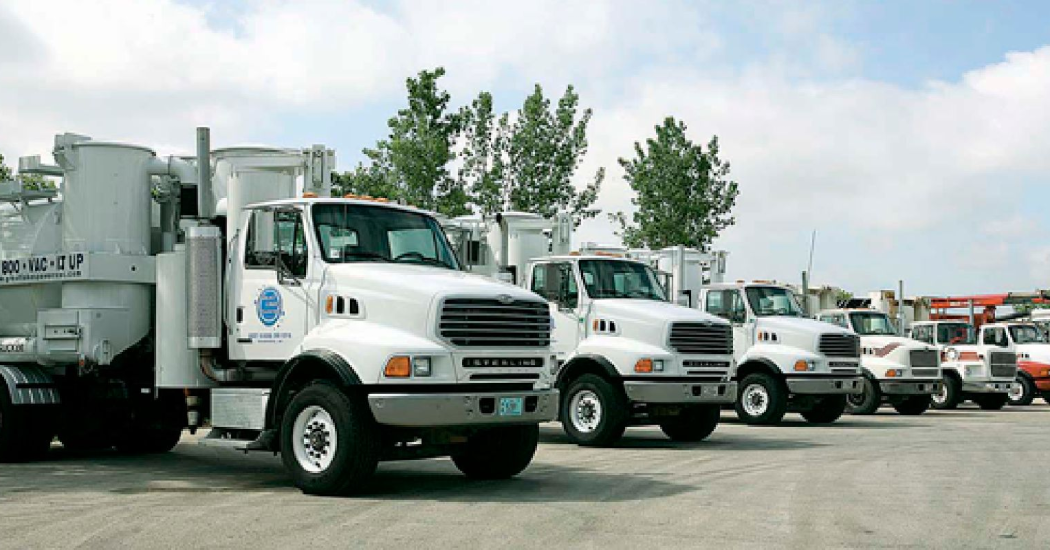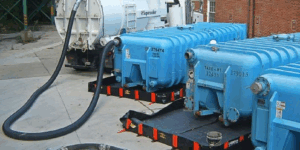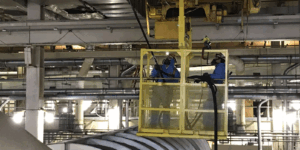Managing wastewater is a serious responsibility for industrial, municipal, and commercial facilities alike. Among the most critical tools in this effort is the hydroblasting services , a system designed to remove oils, grease, and hydrocarbons from water before discharge into municipal systems or natural waterways. These units are a frontline defense in protecting environmental resources and ensuring facilities comply with increasingly strict environmental regulations.
However, like any industrial asset, separators require routine care to remain effective. Over time, oil, grease buildup, and sludge disposal issues can compromise their performance, potentially resulting in operational inefficiencies, environmental violations, and costly fines. This makes oil water separator cleaning not just a maintenance task, but a crucial aspect of environmental management and risk mitigation.
In this comprehensive guide, we’ll cover what oil/water separator cleaning involves, how frequently it should be done, how to recognize when maintenance is needed, and how it ties into overall environmental compliance. We’ll also discuss what to look for in a qualified service provider and why regular maintenance is a sound investment for any facility.
What is an Oil/Water Separator and Why Does It Need Cleaning?
An oil/water separator is an engineered system that removes floating oil, grease, and solids from water. It works by allowing heavier solids to settle at the bottom while oil floats to the top. The treated water is then discharged through an outlet, while accumulated oil and sludge remain trapped in the unit for later removal.
Over time, as grease buildup and sludge disposal demands increase, the separator’s holding capacity diminishes. This leads to reduced separation efficiency, risking oily water discharges that exceed allowable limits. In addition to operational concerns, poor separator performance can cause regulatory violations, environmental damage, and public health risks.
Routine separator maintenance ensures consistent treatment performance, prevents system failures, and keeps facilities aligned with environmental regulations.
How Do Oil/Water Separators Work?
Understanding separator operation highlights why cleaning is so vital. Wastewater containing oil, grease, and suspended solids flows into the separator, entering the inlet chamber, where heavier solids settle to the bottom. The water then moves to the separation chamber, where oil droplets rise to the surface. Baffles help trap these oils, while treated water exits through an outlet chamber.
Over time, sludge disposal needs rise as sediment accumulates, and grease buildup can interfere with the free rise of oil, significantly decreasing system efficiency. Cleaning restores capacity, ensures proper flow rates, and maintains discharge quality within permitted levels.
Where Are Oil/Water Separators Commonly Used?
These systems are standard in several industries, including:
- Municipal stormwater management systems, where runoff can carry oil and hydrocarbons from roads and parking lots.
- Industrial manufacturing and chemical plants, where oily byproducts enter washdown systems.
- Petroleum refineries and fuel stations, which manage hydrocarbon-laden wastewater.
- Food processing facilities, where oils and greases must be separated from wastewater to meet hygiene and environmental standards.
- Vehicle service centers, where wastewater can contain engine oil, transmission fluid, and other contaminants.
Each environment presents unique operational demands, but all share the need for regular, professional cleaning services to protect water quality and meet environmental compliance obligations.
How Often Should Oil/Water Separators Be Cleaned?
One of the most frequent questions asked by environmental engineers and municipal maintenance teams is how often these separators should be cleaned. The answer depends on several factors, including:
- The type and volume of wastewater processed
- The facility’s operational schedule
- Local environmental regulations
- Seasonal variables, such as increased runoff during rainy months
A typical oil water separator cleaning schedule might look like this:
- Oil layer removal: Monthly, or when the thickness exceeds 25 millimeters.
- Sludge removal: Every 3 to 6 months, depending on accumulation rates.
- Full system cleaning: Annually, or as required by regulatory authorities.
Regular inspections are also vital, ensuring any warning signs of buildup or inefficiency are caught before they become critical issues.
Recognizing When Cleaning Is Needed
While a set schedule is essential, operational conditions sometimes necessitate more frequent attention. Warning signs that your separator may need immediate cleaning include:
- A visible oil sheen or floating debris in the discharge
- Noticeably reduced water flow through the system
- Unusual odors from the separator or drainage system
- Elevated oil content in effluent sampling results
- Overflow events during heavy rainfall
Early intervention prevents more serious operational and environmental problems.
The Cleaning Process
Oil water separator cleaning is typically performed by professional industrial vacuum service providers equipped to handle both the confined space entry and hazardous waste materials involved. A standard cleaning process includes:
- Isolating the unit by shutting off inflows and ensuring a safe work area.
- Skimming and vacuuming oil from the separator’s surface.
- Removing sludge and debris from the bottom using high-powered industrial vacuums.
- Power washing internal surfaces to remove grease and residue from baffles and chamber walls.
- Inspecting system components for wear, damage, or other maintenance issues.
- Refilling and testing the separator for operational readiness.
- Documenting the entire process for regulatory compliance records.
This comprehensive approach ensures the separator operates at peak efficiency and complies with environmental discharge standards.
Environmental Compliance Considerations
The U.S. Environmental Protection Agency (EPA) and regional authorities strictly regulate the operation and maintenance of oil/water separators. Requirements typically include:
- Scheduled maintenance and cleaning
- Documentation of cleaning events, waste volumes removed, and disposal records
- Testing of treated effluent to verify compliance with oil content limits (often 10-15 ppm or lower)
- Proper transport and disposal of waste oil and sludge at licensed facilities
Failure to meet these obligations can lead to significant fines, legal penalties, and public relations issues, particularly for municipalities and high-profile industries.
Benefits of Regular Maintenance
Consistent separator maintenance offers several operational and financial benefits:
- Improved operational efficiency by maintaining optimal flow rates and separation performance.
- Reduced emergency downtime, as proactive cleaning prevents clogs and overflows.
- Regulatory protection, avoiding non-compliance fines and public complaints.
- Extended equipment life by reducing wear on separator components.
- Demonstrated environmental responsibility, which benefits both corporate image and community relations.
How to Choose a Qualified Service Provider
Selecting the right industrial vacuum services provider ensures effective, compliant cleaning. Important considerations include:
- Proven experience with oil/water separator cleaning in your industry sector.
- Modern, well-maintained vacuum equipment suitable for your separator type.
- Certified disposal processes for waste oil and sludge.
- Familiarity with local and federal environmental regulations.
- 24/7 emergency response capability for unexpected incidents.
Local providers offer the additional benefit of faster response times and deeper knowledge of regional regulatory expectations.
Conclusion
Effective oil water separator cleaning is a cornerstone of responsible wastewater management for industrial, municipal, and commercial facilities. Regular maintenance helps prevent costly operational disruptions, protects natural resources, and ensures strict adherence to environmental compliance requirements.
Environmental engineers and municipal teams should adopt clear inspection schedules, work with qualified service providers, and maintain thorough documentation to support ongoing compliance. In an era of increasing environmental oversight and public accountability, proactive maintenance of separators isn’t just a best practice — it’s an operational necessity.







